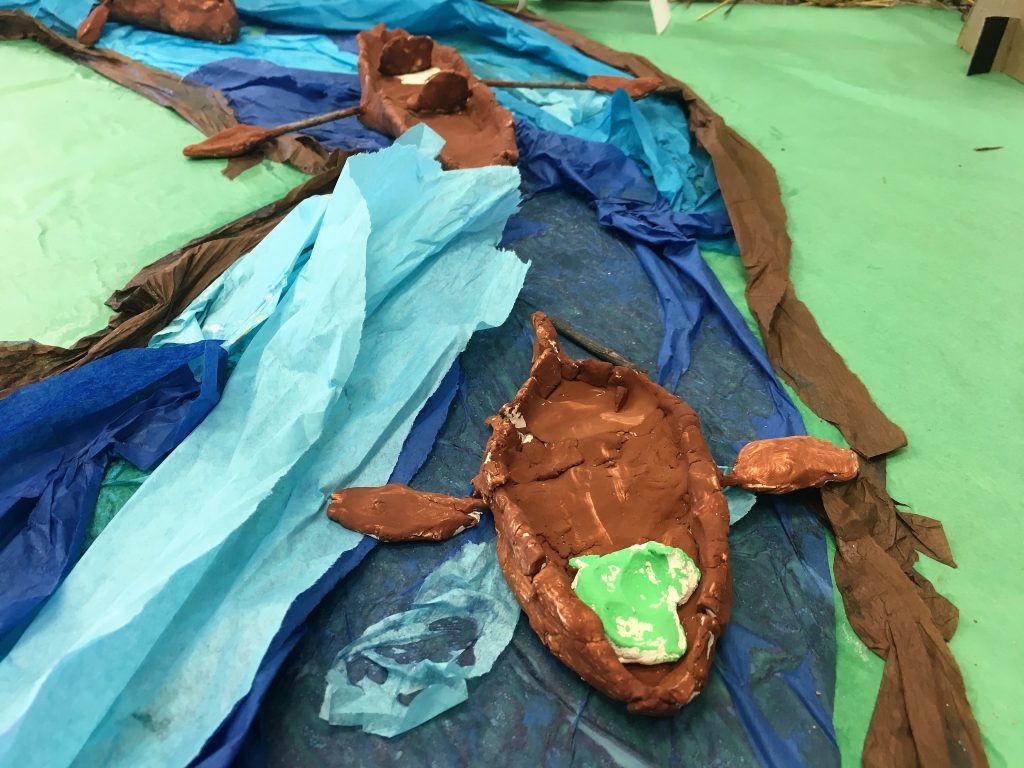
The Seneca Academy goals and standards for social studies are informed by the National Council for the Social Studies (NCSS) Curriculum Standards for Social Studies, the IB PYP Social Studies Scope and Sequence, and the Montgomery County, MD Public Schools Social Studies Curriculum. Our social studies curriculum is designed to engage students in the inquiry of people in relation to their history, their current personal and cultural identities, and their future roles and responsibilities. In addition, we facilitate information gathering, sharing, and analysis about our environment and society in a rapidly changing world through a variety of print and electronic media as well as field trips. Seneca Academy’s hands-on, transdisciplinary approach encourages students to develop the critical thinking skills that allow them to identify trends and connections across time and our world.
There are two dimensions to the social studies curriculum: social studies content, which describes the body of knowledge about specific topics that we expect our students to master; and social studies practices that describe the habits of mind, sociological and geographic inquiry, and reasoning skills students need in order to use the skills they acquire.
Social Studies Practices
- Asking and finding answers to questions
- Placing people and events in time and context
- Analyzing cause and effect
- Interpreting interactions between and among individuals, groups, and institutions
- Applying geographic reasoning
- Gathering, using, interpreting and evaluating evidence from sources
- Defining opinions and evaluating perspectives
- Taking responsible action
- Communicating information
Areas of Study
- Human systems and economics including governments, communications, conflict, transportation and production.
- Social organization and culture including citizenship, diversity, family, identity, networks, rights, roles, and traditions.
- Continuity and change through time including civilizations, discovery, exploration, history, innovation, and migration.
- Human and natural environment including borders (natural, social, and political), geography, impact, regions, and landscape.
- Resources and the environment including conservation, consumption, ecology, energy, interdependence, pollution, and sustainability.


